In the government's latest move to control public life in Iran, the Ministry of Interior has published new guidance on how government employees should dress at work.
Sobhaneh online, a news website that primarily publishes economic news, published the latest dress code. The recommendations, which were initially sent to one of the governor-general offices, are intended for all male and female government employees.
The Islamic authorities, which have called the rules the “10 Guidelines to uphold public security and civilian rights in the country,” will shape how all government and private sectors employees dress while at work.
According to the rules, women will have a choice of two outfits. They will either have to wear the chador [a long veil that leaves only the face exposed] or a long, loose coat with long sleeves [manteau] with ordinary trousers (jeans are not permitted) and a darkly colored Islamic headscarf that covers the head, hair and neck. Make-up and jewelry is also not allowed.
Equally, men are prohibited from wearing T-shirts; and trousers, jeans and shirts that are “tight”, or shirts featuring western icons or branding or short sleeves. Men can only wear belts if they are simple in design and are forbidden from having unusual haircuts or facial hair. As is the case for women, jewelry is prohibited.
The importance of wearing "proper hejab" is a favorite topic among Iranian politicians and media commentators. In early June, a Friday imam in Gachsaran said a traditional festival in the region encouraged "bad hejab" and immoral behavior. More recently, an influential cleric in Qom said police must enforce Islamic dress, and acknowledged that officers may sometimes have to "go beyond the law."
In May, the head of the Hairdressers' Union banned hair salons from offering Western hairstyles, and spoke out against tatoos.
Sobhaneh expressed surprise that the recent guidelines had not generated more debate. “These guidelines, which were issued by the Ministry of Interior, have, shockingly, not received any news coverage,” the website reported.
Read the original article in Persian
Related articles:
Hejab: The Most Cherished of Weapons
Hardliners vs Rouhani: The Culture Wars
“Western Haircuts and Tattoos are Un-Islamic”
To read more stories like this, sign up to our weekly email.







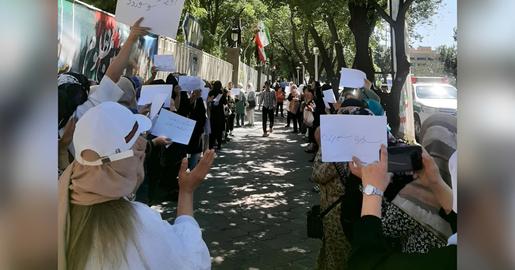



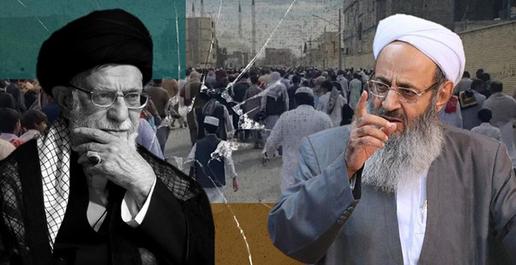
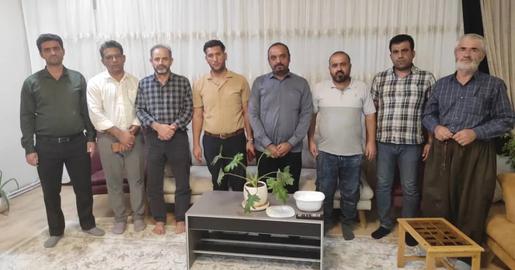
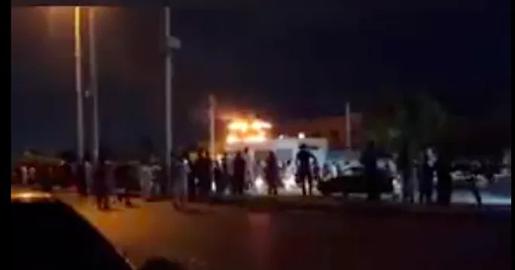
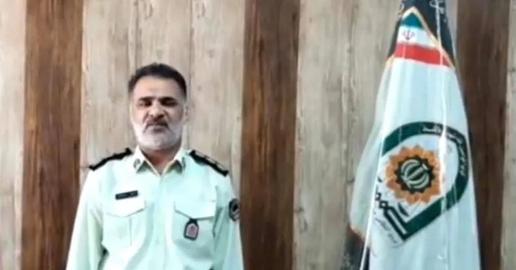






comments